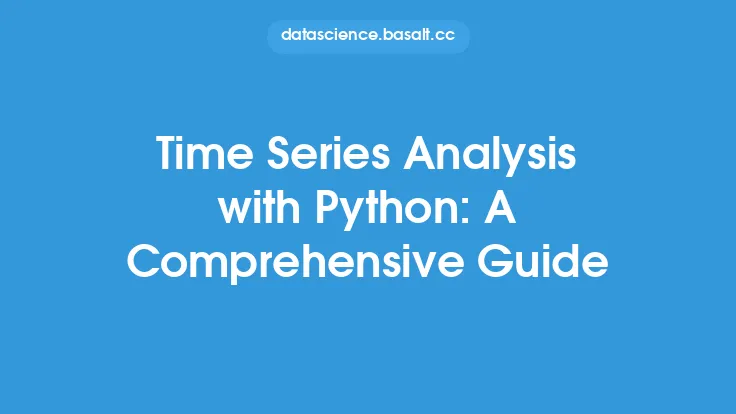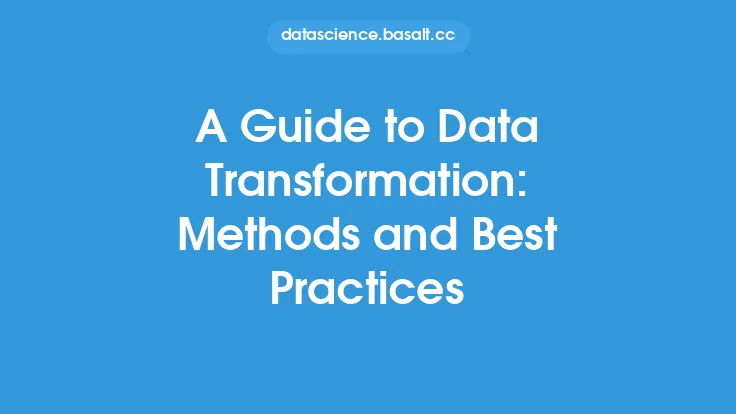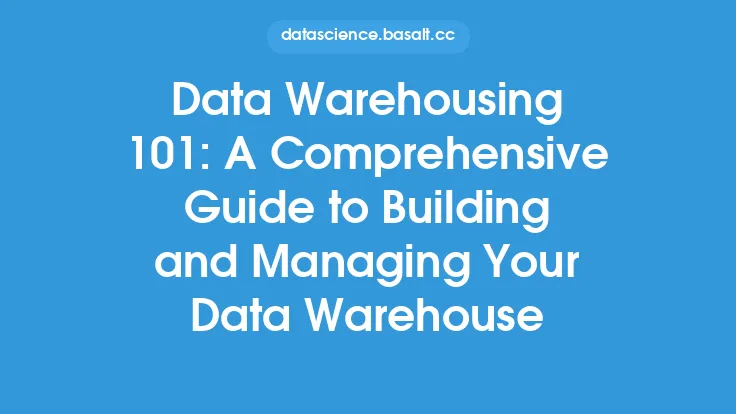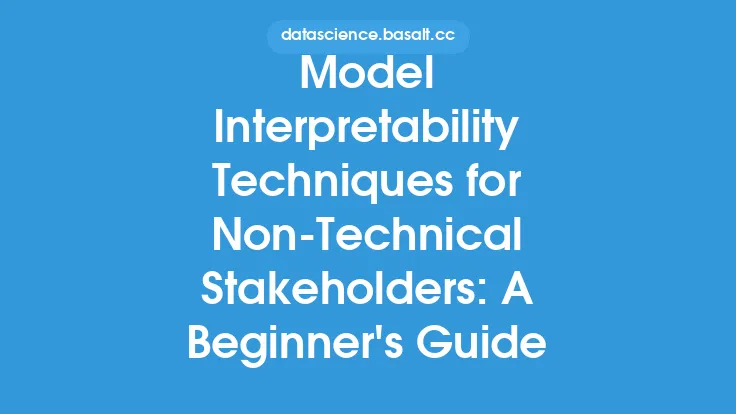Clustering is a fundamental concept in unsupervised learning, which involves grouping similar data points or observations into clusters. The goal of clustering is to identify patterns or structures in the data that are not easily visible by other means. In this article, we will delve into the world of clustering algorithms, exploring their types, applications, and techniques.
Introduction to Clustering
Clustering algorithms are designed to partition the data into clusters based on their similarities. The similarity between data points is typically measured using a distance metric, such as Euclidean distance or cosine similarity. Clustering algorithms can be applied to various types of data, including numerical, categorical, and text data. The choice of clustering algorithm depends on the nature of the data, the number of clusters, and the desired level of complexity.
Types of Clustering Algorithms
There are several types of clustering algorithms, each with its strengths and weaknesses. Some of the most common types of clustering algorithms include:
- Partition-based clustering: This type of clustering algorithm partitions the data into a fixed number of clusters. Examples of partition-based clustering algorithms include K-Means and K-Medoids.
- Hierarchical clustering: This type of clustering algorithm builds a hierarchy of clusters by merging or splitting existing clusters. Examples of hierarchical clustering algorithms include Agglomerative Clustering and Divisive Clustering.
- Density-based clustering: This type of clustering algorithm groups data points into clusters based on their density and proximity to each other. Examples of density-based clustering algorithms include DBSCAN and OPTICS.
- Grid-based clustering: This type of clustering algorithm divides the data space into a grid and then groups data points into clusters based on their density and proximity to each other.
- Model-based clustering: This type of clustering algorithm assumes that the data is generated by a mixture of underlying probability distributions. Examples of model-based clustering algorithms include Gaussian Mixture Models and Hidden Markov Models.
Clustering Algorithm Techniques
Clustering algorithms employ various techniques to group data points into clusters. Some of the most common techniques include:
- Distance metrics: Clustering algorithms use distance metrics to measure the similarity between data points. Common distance metrics include Euclidean distance, Manhattan distance, and cosine similarity.
- Cluster initialization: Clustering algorithms require initial cluster centers or seeds to start the clustering process. Common methods for cluster initialization include random initialization and K-Means++.
- Cluster assignment: Clustering algorithms assign each data point to a cluster based on its similarity to the cluster center. Common methods for cluster assignment include nearest neighbor and majority voting.
- Cluster updating: Clustering algorithms update the cluster centers and assignments iteratively until convergence. Common methods for cluster updating include iterative refinement and expectation-maximization.
Evaluation Metrics for Clustering Algorithms
Evaluating the performance of clustering algorithms is crucial to ensure that the clusters are meaningful and useful. Some common evaluation metrics for clustering algorithms include:
- Silhouette coefficient: This metric measures the separation between clusters and the cohesion within clusters.
- Calinski-Harabasz index: This metric measures the ratio of between-cluster variance to within-cluster variance.
- Davies-Bouldin index: This metric measures the similarity between clusters based on their centroid distances and scatter within the clusters.
- Adjusted Rand index: This metric measures the similarity between the clustering result and a reference clustering.
Applications of Clustering Algorithms
Clustering algorithms have numerous applications in various fields, including:
- Customer segmentation: Clustering algorithms can be used to segment customers based on their demographic and behavioral characteristics.
- Gene expression analysis: Clustering algorithms can be used to identify co-expressed genes and understand their functional relationships.
- Image segmentation: Clustering algorithms can be used to segment images into regions of similar texture and color.
- Recommendation systems: Clustering algorithms can be used to recommend products or services based on the preferences of similar users.
Challenges and Future Directions
Clustering algorithms face several challenges, including:
- Scalability: Clustering algorithms can be computationally expensive and may not scale well to large datasets.
- Noise and outliers: Clustering algorithms can be sensitive to noise and outliers in the data.
- High-dimensional data: Clustering algorithms can be challenging to apply to high-dimensional data.
- Evaluation metrics: Clustering algorithms require careful evaluation to ensure that the clusters are meaningful and useful.
Future research directions in clustering algorithms include developing more efficient and scalable algorithms, improving the robustness to noise and outliers, and developing new evaluation metrics that can handle high-dimensional data.
Conclusion
Clustering algorithms are a fundamental tool in unsupervised learning, allowing us to identify patterns and structures in the data. By understanding the different types of clustering algorithms, techniques, and evaluation metrics, we can apply clustering algorithms to a wide range of applications and domains. As the field of clustering algorithms continues to evolve, we can expect to see new and innovative applications of clustering algorithms in various fields.





